Five and a half months of eating my own cooking everyday has me trying some new recipes and looking for some new ideas.
For Thanksgiving we caught 4 white bass, Steve filleted and sauteed them; they were so much tastier than the canned corned beef which was our other option. Served the fish with brother-in-law Stan's curry pumpkin soup allowing the meal to feel a bit Thanksgivingish. We had 70 degree weather that day so it was a lovely Thanksgiving.
Curry Pumpkin Soup
1 large onion, diced/minced
1 can pumpkin
1 can low fat milk
2 TBS honey
1 TBS curry (or more to taste)
1 clove grated garlic or some garlic powder or garlic salt
1 TBS olive oil
Saute onion and garlic in the olive oil on low heat until the onion is fully cooked and soft. Stir in curry powder cook for a few more minutes. Add canned pumpkin, canned milk and honey. Heat gently, adjust seasoning to taste.
What to do with a cabbage?
I've seldom cooked with cabbage at home and really don't like coleslaw all that well but with only a small cooler and limited food storage keeping salad ingredients on board is a challenge. Cabbage is pretty darned durable and will keep for a couple weeks stored on a shelf with the canned food so I have been doing my best to explore the world of fresh cabbage. So far the grated cabbage, carrot, and raisins, dressed with olive oil and vinegar has been the best. I realized what I didn't like about coleslaw is the mayo dressing and mayo needs constant refrigeration once opened so we don't carry it on the boat. But with the oil and vinegar dressing and lots of raisins coleslaw is pretty good.
I tried a canned corned beef and cabbage stir-fry which was OK and used up the rest of a large cabbage but can't say it was all that interesting. Not bad, but no bragging rights. If anyone has recipes for fresh cabbage salads or stir-frys do send them along.
Fresh Coleslaw
1 cup grated cabbage
1 cup grated carrots
½ cup raisins
Olive oil and vinegar dressing or honey mustard dressing (see below)
Or use the peanut sauce as a dressing and substitute peanuts for the raisins.
Jicama
When I visit my sister in Colorado she often adds jicama to the relish tray or salad. I remembered liking it but had never bought or prepared one but there it was in the grocery store so back to the boat it came. To me they taste a bit like a cross between a radish and an apple. Durable, fresh and tasty; I wish more of the grocery stores had them. They keep for a week or more with no refrigeration and don't bruise in storage. They are easy to peel, I just cut in to bite size pieces and eat plain or with a little oil and/or lemon and salt and pepper. I also put them in sandwiches or salad greens when we have them.
Peanut Sauce
¼ cup peanut butter
2 TBS soy
1 tsp sugar
1 TBS hot sauce
2 TBS lemon juice (or vinegar)
small handful unsalted peanuts chopped
1 tsp mince garlic (or some garlic powder)
1/3 cup hot water
Stir/whip til blended. Great on chicken, fish, rice and even cabbage salad.
Honey Mustard
This is kind of a silly recipe and probably obvious to everyone but me.... Looking into the food box at much the same ingredients that we have had on board for months I was missing the honey mustard that comes in the glass jars (which we never bring on board) and is so good as a veggie dip or on a chicken sandwich or salad. I thought, hey we have mustard and we have honey..... mix them together and voila, that easy.
Equal amounts honey and mustard (adjust ratio to taste)
Add olive oil to make it a salad dressing.
Pozole (kind of....)
During the southern portion of our trip we have ended up shopping for groceries at Dollar Generals a number of times. They have a moderate selection of canned food and frozen prepared items but no fresh fruit or veggies. They had canned pulled pork which I had never seen before, hominy and green enchilada sauce so...... with apologies to folks who take hours to cook wonderful pozole with fresh ingredients here is the on board quickie version.
1 medium onion, diced
2 TBS cumin powder
1 TBS chili powder
Garlic (fresh or powdered)
1 can pulled pork, drained (I think the can was about 12 oz)
2 cans white hominy, drained and rinsed
1 can enchilada sauce (I like green but suspect red enchilada sauce would work just fine)
½ cup water?
Red pepper flakes or hot sauce to taste
Saute onion until soft, add garlic, cumin and chili powder, cook for a minute then add the canned pork, stir and cook for a few minutes. Add the enchilada sauce simmer for a few more minutes and add the hominy (and maybe ½ cup water if you want if you want it more soup like), heat for a few more minutes til everything is hot. I don't add any salt as the canned items already have a lot of salt added.
For us, the first few days back from a big grocery store are easy cooking, lots of fresh ingredients and even better if we catch a fish to add to the menu. After that we look to the “durable fresh veggies and fruits” that can be store without refrigeration for 5 – 10 days and can be combined or added to dried or canned items. Modest cooking time is also pretty essential as we carry a 10 lb propane tank and getting the tank refilled is sometimes a challenge. We have some back up cooking options but try to make the propane last 3+ weeks. So with those parameters, recipe suggestions?
Thanks!
For Thanksgiving we caught 4 white bass, Steve filleted and sauteed them; they were so much tastier than the canned corned beef which was our other option. Served the fish with brother-in-law Stan's curry pumpkin soup allowing the meal to feel a bit Thanksgivingish. We had 70 degree weather that day so it was a lovely Thanksgiving.
Curry Pumpkin Soup
1 large onion, diced/minced
1 can pumpkin
1 can low fat milk
2 TBS honey
1 TBS curry (or more to taste)
1 clove grated garlic or some garlic powder or garlic salt
1 TBS olive oil
Saute onion and garlic in the olive oil on low heat until the onion is fully cooked and soft. Stir in curry powder cook for a few more minutes. Add canned pumpkin, canned milk and honey. Heat gently, adjust seasoning to taste.
What to do with a cabbage?
I've seldom cooked with cabbage at home and really don't like coleslaw all that well but with only a small cooler and limited food storage keeping salad ingredients on board is a challenge. Cabbage is pretty darned durable and will keep for a couple weeks stored on a shelf with the canned food so I have been doing my best to explore the world of fresh cabbage. So far the grated cabbage, carrot, and raisins, dressed with olive oil and vinegar has been the best. I realized what I didn't like about coleslaw is the mayo dressing and mayo needs constant refrigeration once opened so we don't carry it on the boat. But with the oil and vinegar dressing and lots of raisins coleslaw is pretty good.
I tried a canned corned beef and cabbage stir-fry which was OK and used up the rest of a large cabbage but can't say it was all that interesting. Not bad, but no bragging rights. If anyone has recipes for fresh cabbage salads or stir-frys do send them along.
Fresh Coleslaw
1 cup grated cabbage
1 cup grated carrots
½ cup raisins
Olive oil and vinegar dressing or honey mustard dressing (see below)
Or use the peanut sauce as a dressing and substitute peanuts for the raisins.
Jicama
When I visit my sister in Colorado she often adds jicama to the relish tray or salad. I remembered liking it but had never bought or prepared one but there it was in the grocery store so back to the boat it came. To me they taste a bit like a cross between a radish and an apple. Durable, fresh and tasty; I wish more of the grocery stores had them. They keep for a week or more with no refrigeration and don't bruise in storage. They are easy to peel, I just cut in to bite size pieces and eat plain or with a little oil and/or lemon and salt and pepper. I also put them in sandwiches or salad greens when we have them.
Peanut Sauce
¼ cup peanut butter
2 TBS soy
1 tsp sugar
1 TBS hot sauce
2 TBS lemon juice (or vinegar)
small handful unsalted peanuts chopped
1 tsp mince garlic (or some garlic powder)
1/3 cup hot water
Stir/whip til blended. Great on chicken, fish, rice and even cabbage salad.
Honey Mustard
This is kind of a silly recipe and probably obvious to everyone but me.... Looking into the food box at much the same ingredients that we have had on board for months I was missing the honey mustard that comes in the glass jars (which we never bring on board) and is so good as a veggie dip or on a chicken sandwich or salad. I thought, hey we have mustard and we have honey..... mix them together and voila, that easy.
Equal amounts honey and mustard (adjust ratio to taste)
Add olive oil to make it a salad dressing.
Pozole (kind of....)
During the southern portion of our trip we have ended up shopping for groceries at Dollar Generals a number of times. They have a moderate selection of canned food and frozen prepared items but no fresh fruit or veggies. They had canned pulled pork which I had never seen before, hominy and green enchilada sauce so...... with apologies to folks who take hours to cook wonderful pozole with fresh ingredients here is the on board quickie version.
1 medium onion, diced
2 TBS cumin powder
1 TBS chili powder
Garlic (fresh or powdered)
1 can pulled pork, drained (I think the can was about 12 oz)
2 cans white hominy, drained and rinsed
1 can enchilada sauce (I like green but suspect red enchilada sauce would work just fine)
½ cup water?
Red pepper flakes or hot sauce to taste
Saute onion until soft, add garlic, cumin and chili powder, cook for a minute then add the canned pork, stir and cook for a few minutes. Add the enchilada sauce simmer for a few more minutes and add the hominy (and maybe ½ cup water if you want if you want it more soup like), heat for a few more minutes til everything is hot. I don't add any salt as the canned items already have a lot of salt added.
For us, the first few days back from a big grocery store are easy cooking, lots of fresh ingredients and even better if we catch a fish to add to the menu. After that we look to the “durable fresh veggies and fruits” that can be store without refrigeration for 5 – 10 days and can be combined or added to dried or canned items. Modest cooking time is also pretty essential as we carry a 10 lb propane tank and getting the tank refilled is sometimes a challenge. We have some back up cooking options but try to make the propane last 3+ weeks. So with those parameters, recipe suggestions?
Thanks!


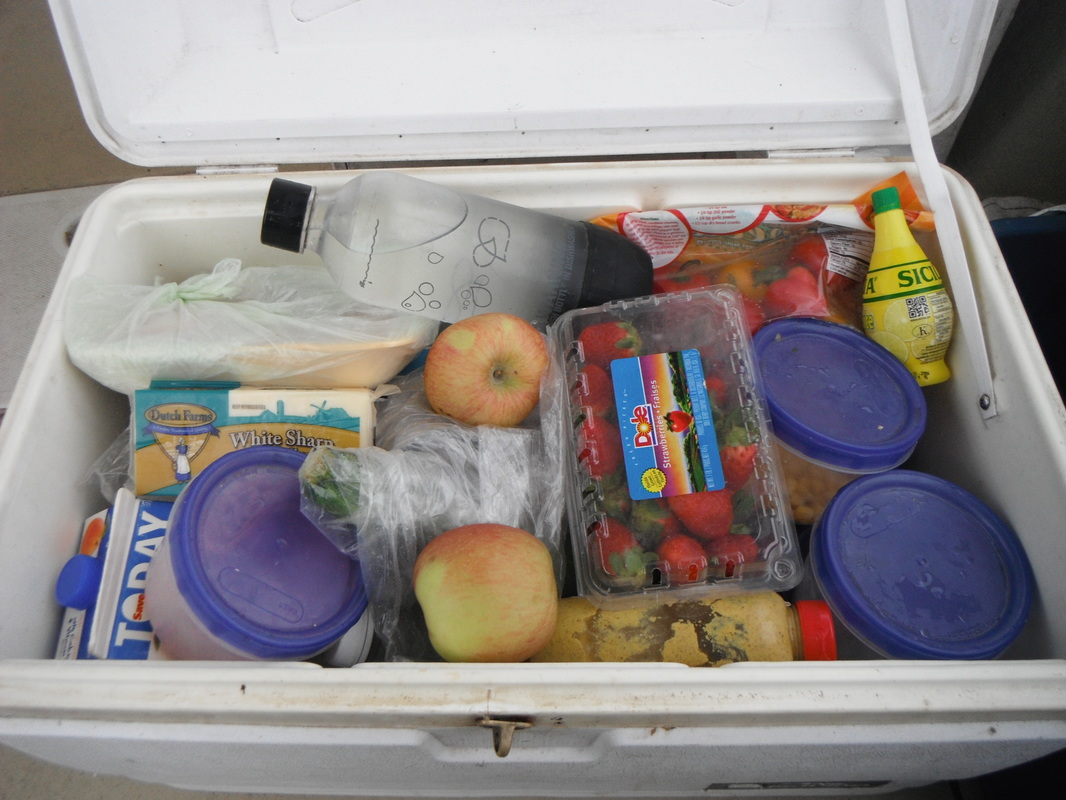
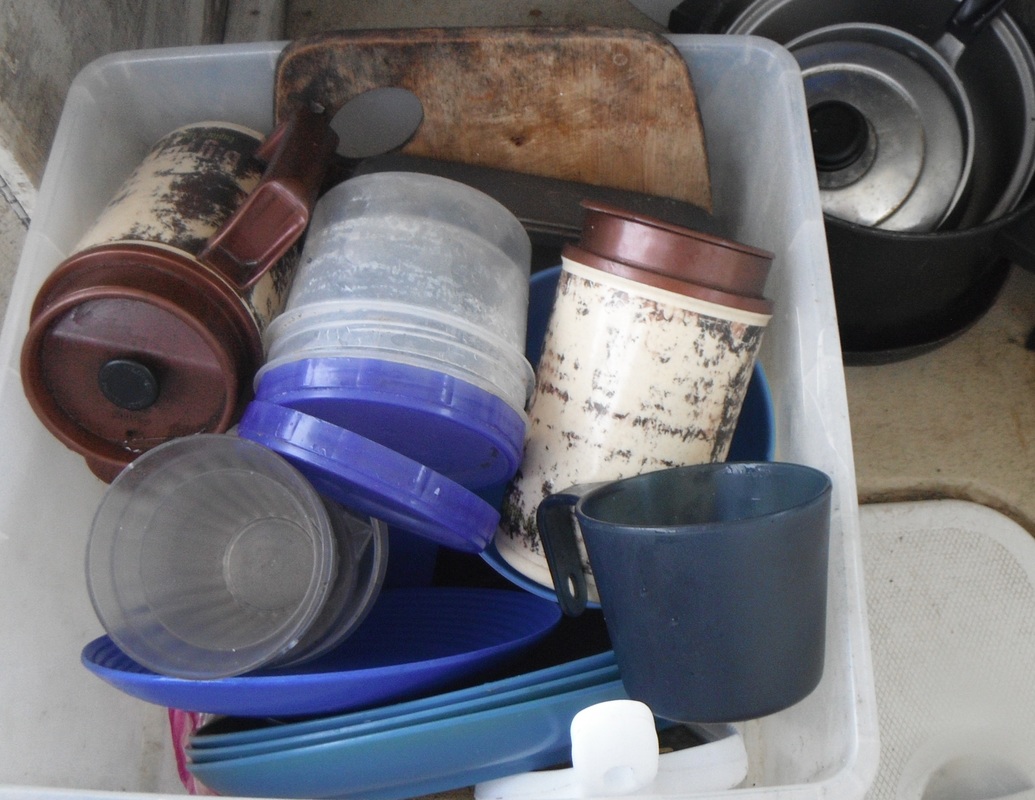
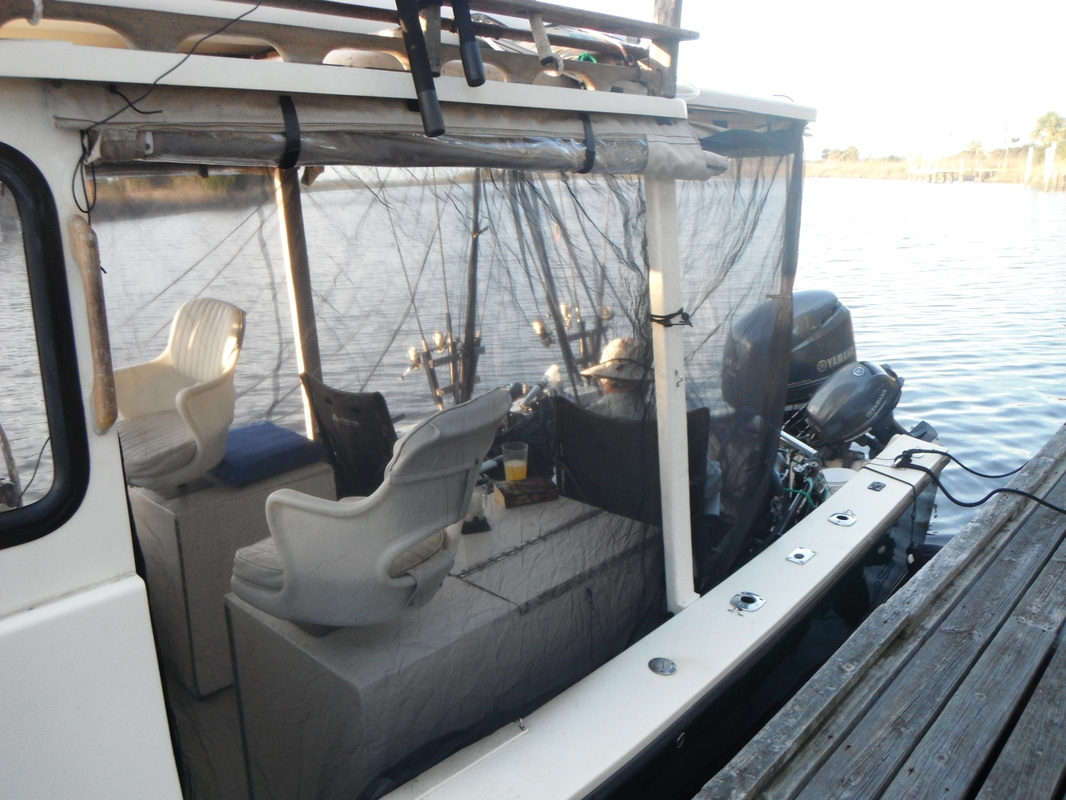
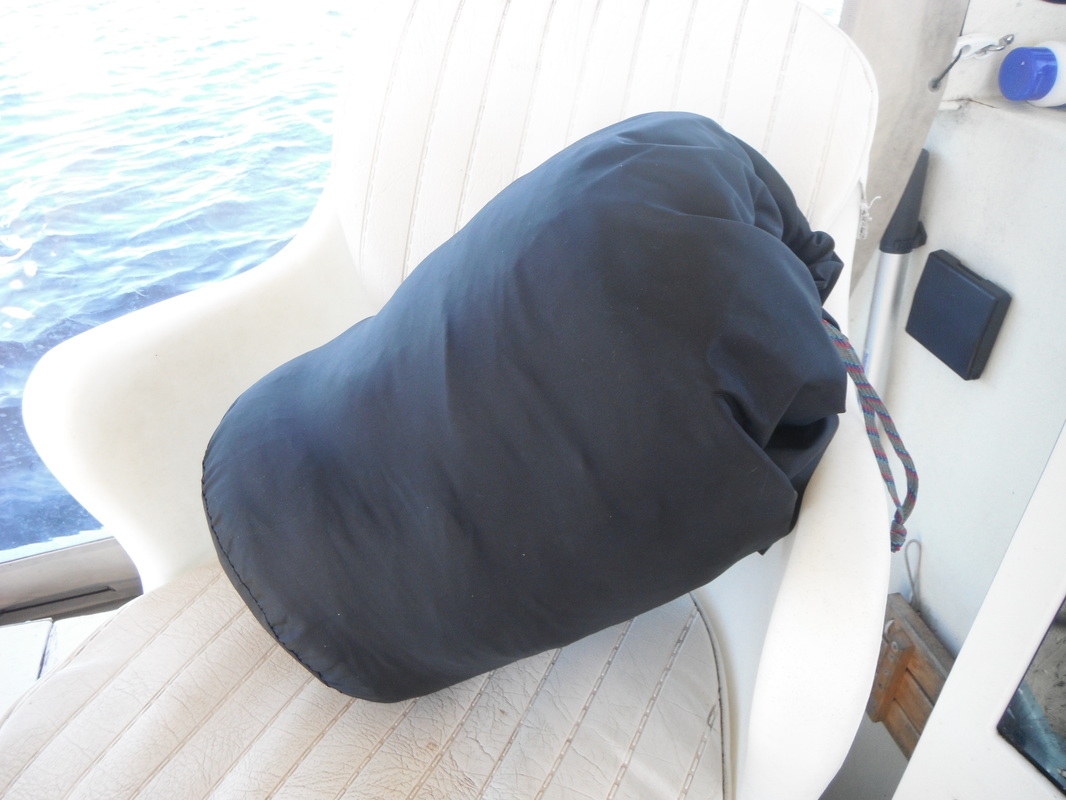
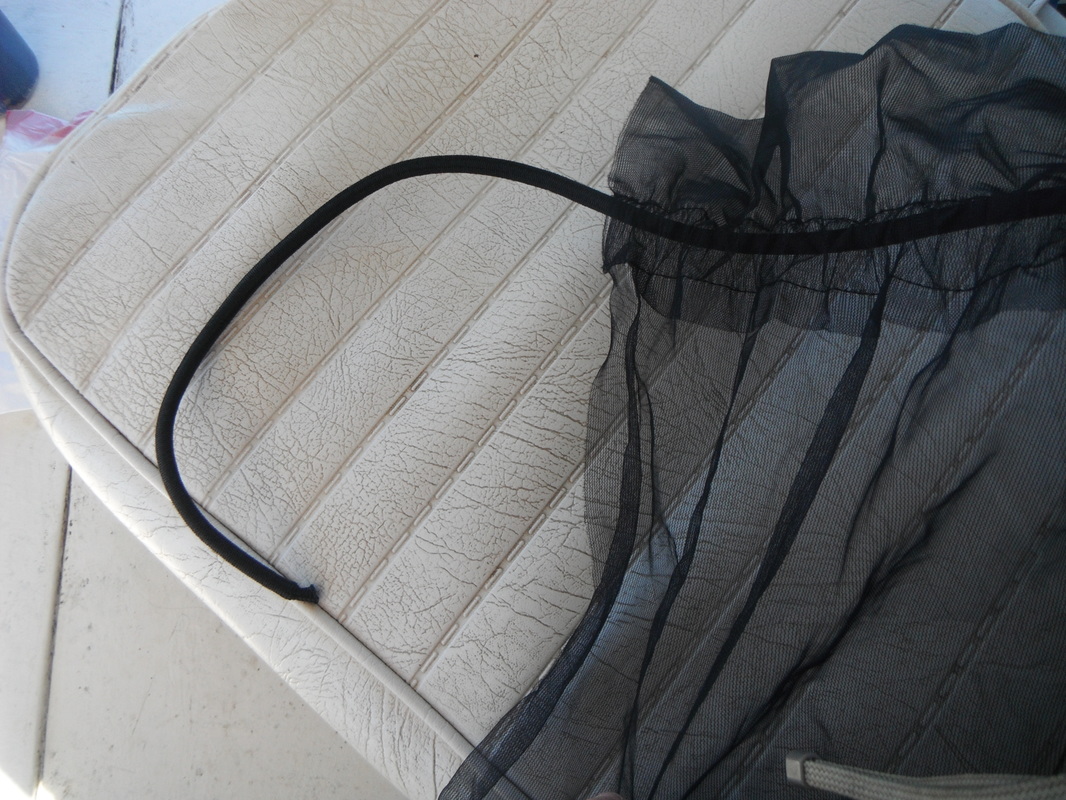
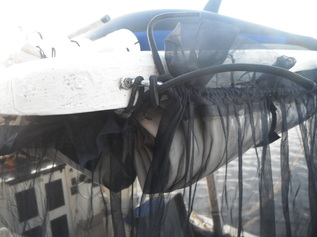
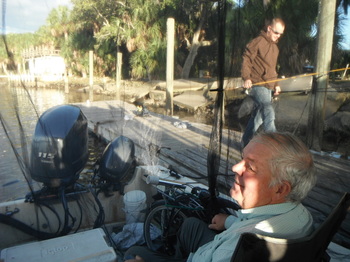
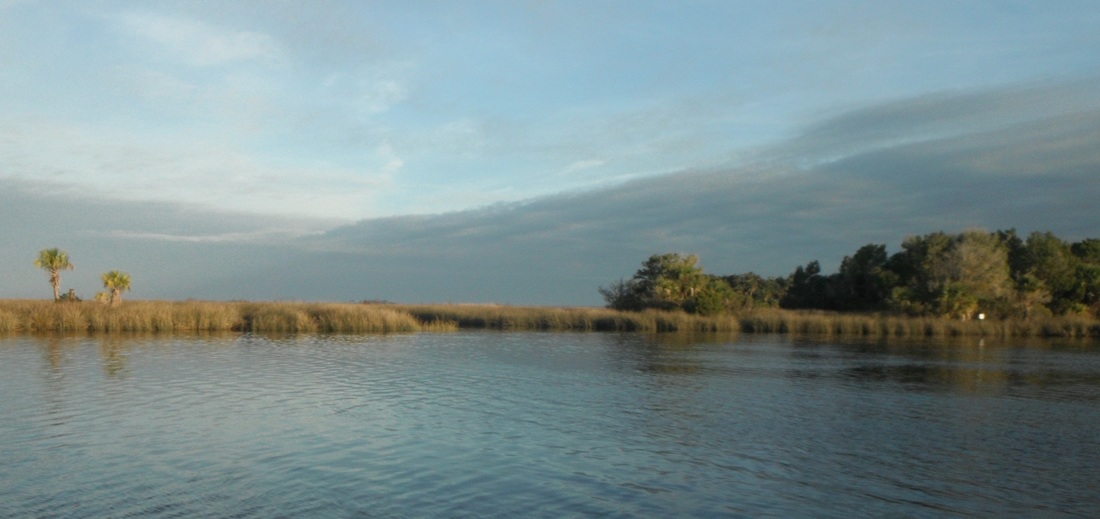

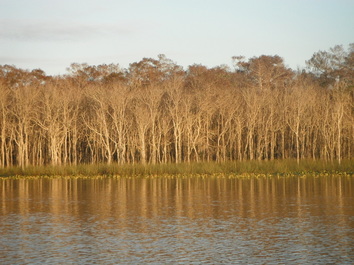
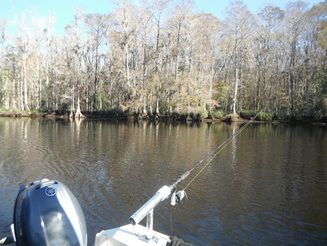
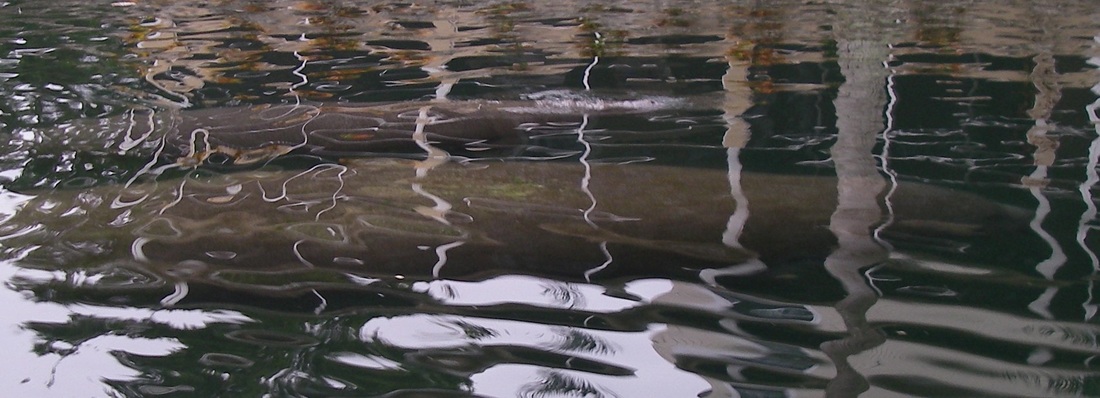
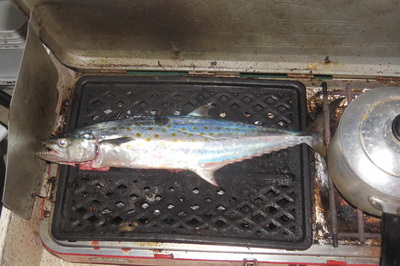
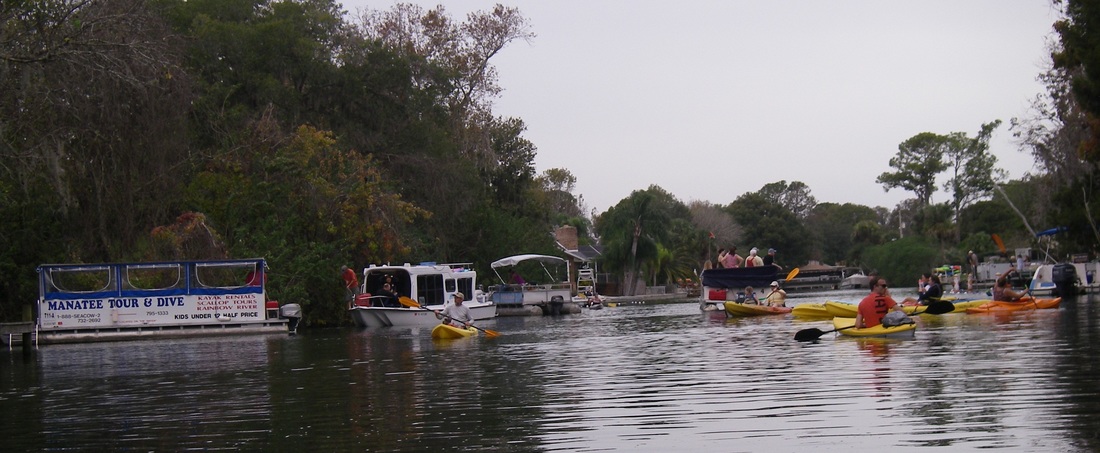
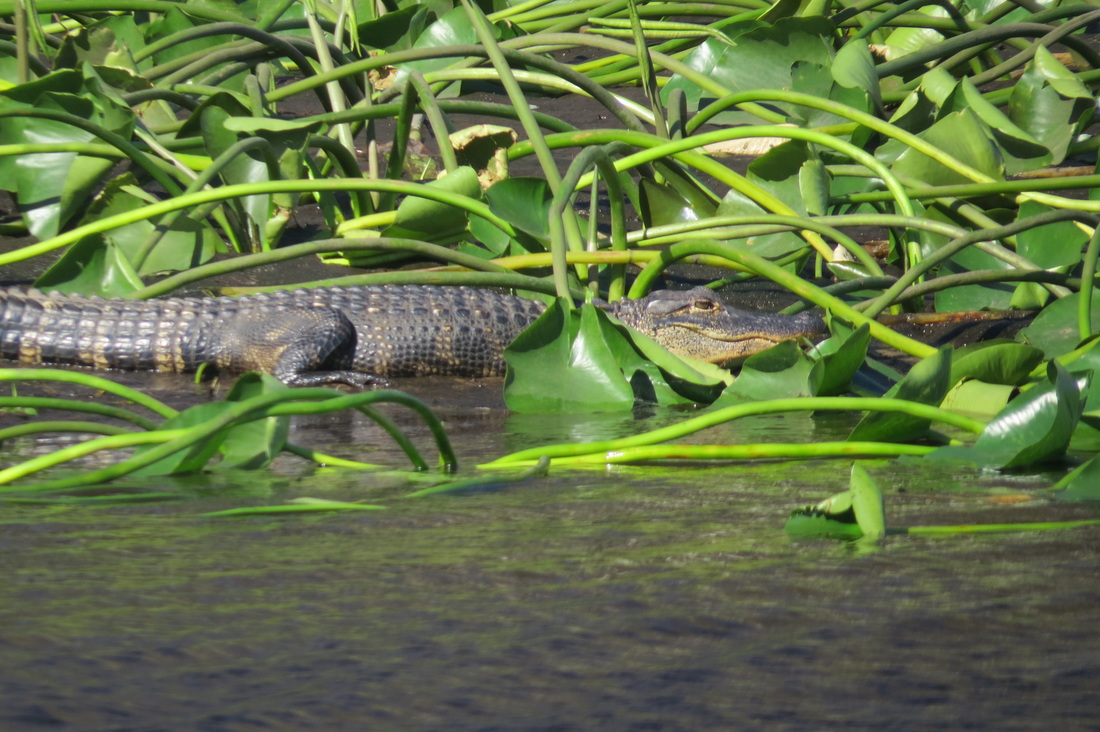
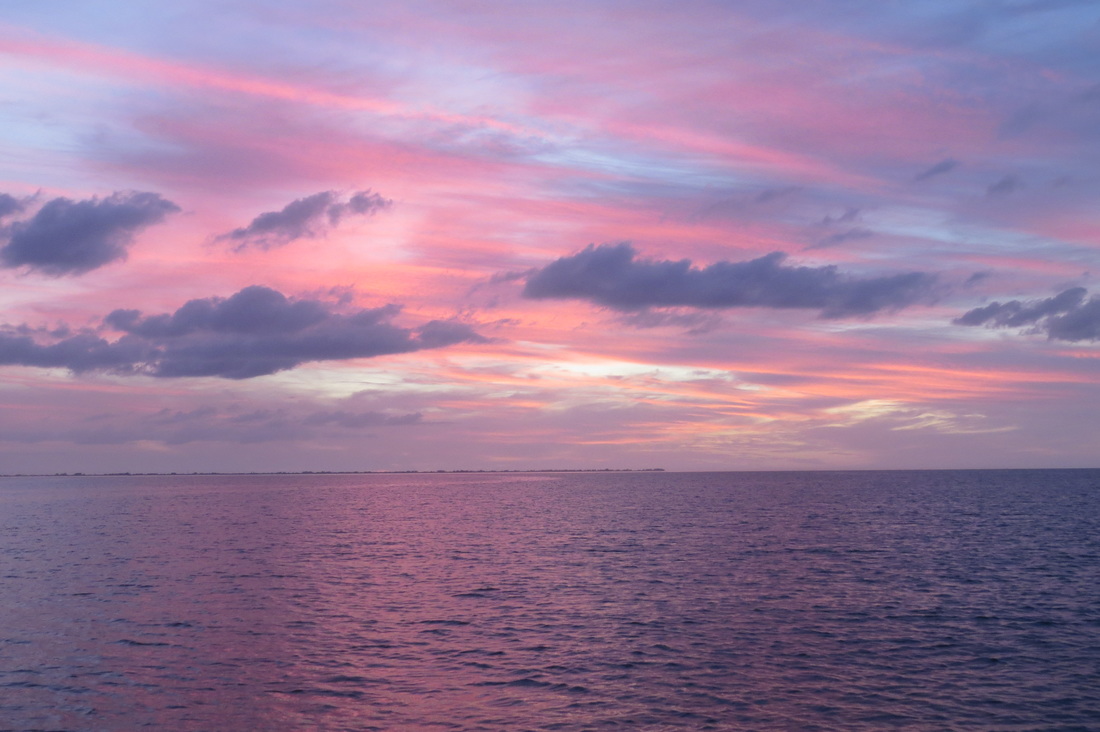
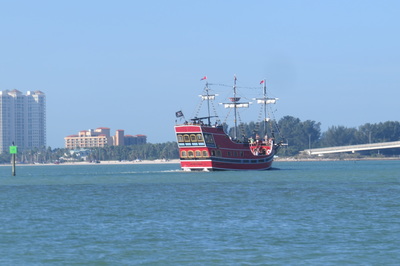

 RSS Feed
RSS Feed
